In the dynamic landscape of businesses, the role of leaders has evolved beyond simply occupying thrones of authority. To truly drive a culture of excellence, business leaders must step down from their pedestals and actively engage with their teams. In this blog post, we'll explore three actionable strategies to foster a high-performing culture: taking the temperature of the organization, sharing a meal with employees, and delivering $100 high fives.
Great leaders understand the pulse of their organizations. Taking the temperature involves actively seeking feedback, gauging employee morale, and understanding the collective heartbeat of the workplace. It's about creating channels for open communication where employees feel heard, valued, and encouraged to share their thoughts. When you walk into an organization such as “Ramsey Solutions” you feel the energy and that is partly because the CEO walks around talking to the employees to know where there are potential pitfalls in the organization to be addressed.
Eating lunch with employees might seem like a small gesture, but its impact on organizational culture is profound. Sharing a meal breaks down hierarchical barriers and creates a relaxed setting for genuine conversations. It humanizes leaders and reinforces the idea that everyone is part of the same team.
Leaders who make an effort to join their teams for lunch not only gain insights into the daily experiences of their employees but also demonstrate a commitment to building a cohesive and inclusive workplace. Breaking bread fosters camaraderie, strengthens relationships, and contributes to a positive work culture that extends beyond the boardroom.
In a high-performing culture, recognition is currency. However, it's not just about patting someone on the back; it's about celebrating successes in a meaningful and memorable way. Enter the concept of $100 high fives—recognizing exceptional efforts with a symbolic and tangible reward.
This gesture goes beyond traditional recognition programs. It's about creating a culture where accomplishments, no matter how small, are celebrated openly and with enthusiasm. The monetary value is less important than the act itself, as it sends a powerful message that hard work and dedication are not only noticed but also valued.
To drive a high-performing culture, business leaders must dismantle the traditional barriers that separate them from their teams. Getting off thrones and actively engaging with employees is not a sign of weakness but a demonstration of strong leadership. Taking the temperature of the organization, sharing meals with employees, and implementing innovative recognition strategies like $100 high fives are actionable steps that can transform a workplace culture.
As leaders embrace these approaches, they not only contribute to a more vibrant and collaborative work environment but also inspire their teams to reach new heights of performance and success. After all, a great culture begins with leaders who are willing to step down, connect authentically, and champion the extraordinary efforts of their teams.
Have a great week!
“Businesses wonder why it is still hard to be thought of as the brand of choice with the best customers and top employees. How can our business make more profitable transactions and stay out of the commodity battle with low profits? How can we land and keep top talent in our organization with the salary wars. Kevin teaches your sales and leadership teams how to build the key ingredient to be successful with their relationships and take your goals to the next level with high levels of engagement.
Kevin’s website: www.kevinsidebottom.com
Kevin’s email: kevin@kevinsidebottom.com





















